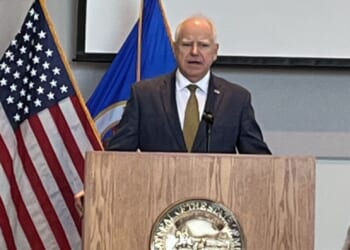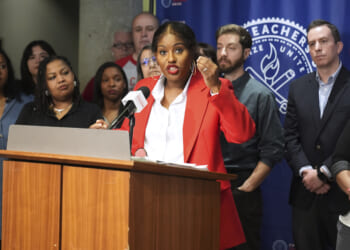The fertility rate—the average number of children a woman will have over her lifetime—has been falling steadily in the United States since the Great Recession, and Missouri is no exception. After hovering around 2.0 in the 1990s and early 2000s, Missouri’s rate dropped below 1.7 in 2023. This is uncharted territory—the age structure of our society is changing rapidly.
This shift will ripple through many of our institutions that depend on population growth. Social Security is an obvious example. But there’s a broader problem: modern institutions are built for expansion, not contraction. Enter our public school system, which is already experiencing declining enrollment. Statewide, enrollment in Missouri public schools is down 4 percent since the pre-recession peak in 2007–08, a trend recent fertility data suggest will only accelerate. On top of this, traditional public schools must contend with the reality that families are increasingly choosing alternative schooling options (e.g., charter schools, private schools, and homeschooling).
Are we prepared to address declining enrollment in Missouri’s traditional public schools? My gut tells me no, and there are some worrisome indicators. For example, many Missouri school districts already have declining enrollment, in some cases stretching back decades. What are we doing about this? At the state level, one thing we aren’t doing is adjusting their funding to reflect fewer students. Missouri’s “hold harmless” provision allows districts with shrinking enrollment to continue receiving funds as if their enrollment hasn’t fallen. In effect, the state is subsidizing higher per-student spending in these districts (this is also happening elsewhere).
This bury-our-heads-in-the-sand approach is manageable for now, but as more districts fall into the declining-enrollment category, it will be harder to keep overfunding them; education is one of many state priorities and our budget must balance.
More broadly, I worry school districts will be slow to close buildings, reduce staff, and otherwise cut costs in response to declining enrollment. These steps are painful and politically difficult, but delaying them only narrows future options. Ideally, districts—guided by the state—would use realistic enrollment projections to plan ahead. With proactive leadership, we could adapt to a new era of declining enrollment while minimizing harm to students. But if district and state leaders wait until acute financial pressure forces their hand, the cuts will likely be deeper and more disruptive.











